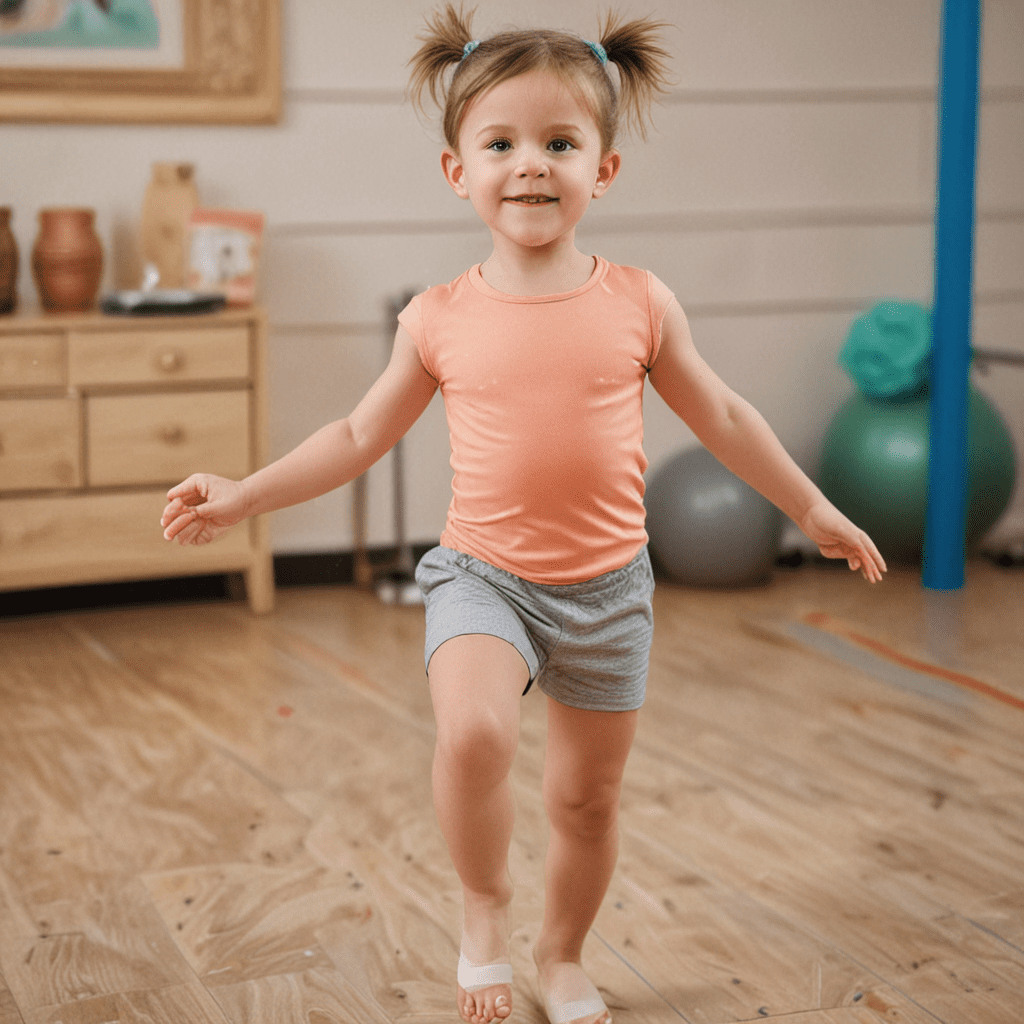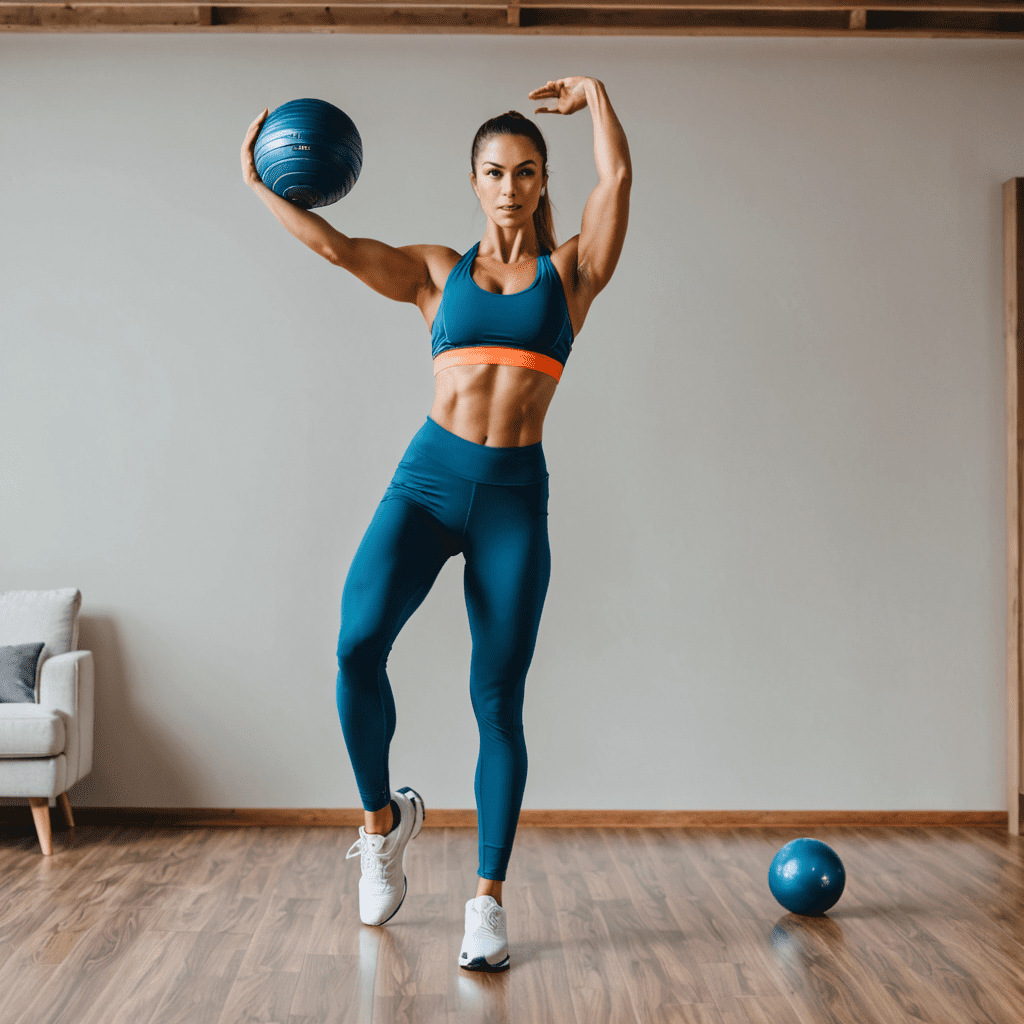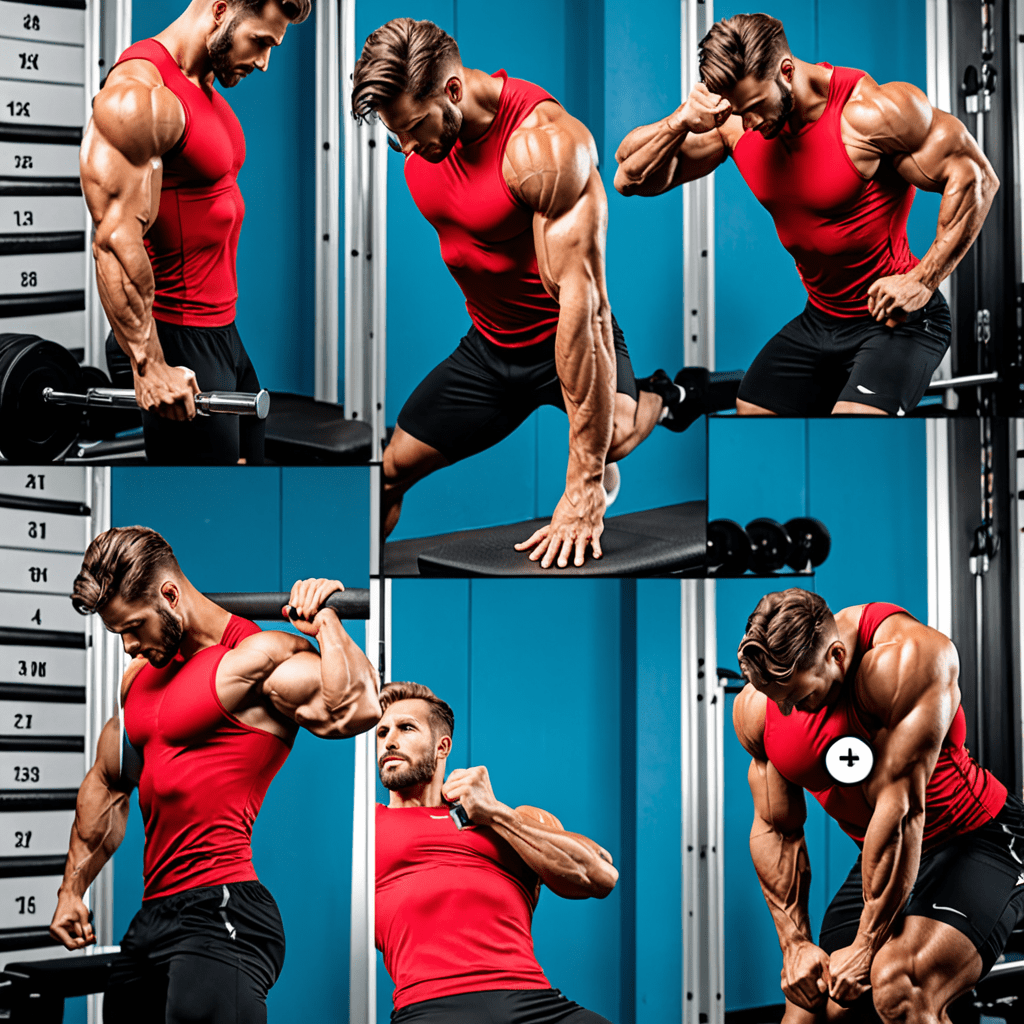1. Introduction to Pilates for Seniors: A Path to Enhanced Core Strength and Stability
As we age, maintaining core strength and stability becomes increasingly crucial for overall well-being. Pilates, a low-impact exercise method, has emerged as an effective approach to improve core strength in seniors. This article explores the significance of core strength, the benefits of Pilates for seniors, its foundational principles and modifications, and exercises to enhance core strength and stability.
2. Importance of Core Strength and Stability in Aging
The core muscles, consisting of abdominal, back, and pelvic floor muscles, provide stability to the spine, pelvis, and hips. Strong core muscles support daily activities such as lifting objects, maintaining posture, and preventing falls. With aging, sedentary lifestyles, and muscle loss (sarcopenia), core strength can deteriorate, leading to reduced mobility, instability, and increased risk of injuries.
3. Benefits of Pilates for Core Strength in Seniors
Pilates exercises target deep core muscles, enhancing stability and flexibility. It promotes proper postural alignment, reducing pain and improving balance. Additionally, Pilates stimulates the mind-body connection, improving coordination and body awareness. Regular Pilates practice enhances overall fitness and well-being, enabling seniors to maintain an active lifestyle with improved quality of life.
4. Basic Pilates Principles and Modifications for Seniors
Pilates emphasizes six key principles: concentration, control, centering, precision, breathing, and flow. For seniors, modifications are often necessary to ensure safety and accommodate age-related limitations. These include using smaller equipment, modifying exercises to suit individual abilities, and incorporating assistive devices when needed. Trained instructors can provide guidance on appropriate modifications to maximize benefits.
5. Pilates Exercises for Core Strength and Stability
Pilates offers a diverse range of exercises that effectively target core muscles. Exercises such as the hundred, bridge, and bird dog engage the deep abdominal muscles, strengthening the core from multiple angles. The side-lying leg lift and the prone back extension focus on stabilizing the hips and pelvis, improving balance and overall body control. Seniors can gradually progress the difficulty of exercises under professional supervision.
6. Pilates Equipment and Adaptations for Seniors
To enhance Pilates workouts, there are various equipment and adaptations suitable for seniors. The Pilates reformer uses springs and straps to support and challenge core muscles. Stability balls and foam rollers can provide additional stability and balance training. Assisted pull-up/dip bars allow for modified exercises to strengthen back and shoulder muscles that support core stability. Seniors can also utilize resistance bands to increase the intensity of exercises and improve muscle endurance.
7. Safety Considerations and Precautions for Seniors
While Pilates is a low-impact exercise, seniors should adhere to certain safety guidelines. Starting slowly and listening to your body is essential. Avoid exercises that cause pain or discomfort. Proper form and technique are crucial to prevent injuries. It is advisable to seek guidance from a qualified Pilates instructor who specializes in working with seniors. They can provide personalized modifications and ensure safe and effective practice.
8. Integrating Pilates into a Senior Fitness Routine
Incorporating Pilates into a senior fitness routine requires consistency and gradual progression. Start with two to three sessions per week, focusing on exercises that target core strength and stability. As you progress, increase the duration and intensity of workouts. Combining Pilates with other activities such as yoga, walking, or swimming enhances overall fitness and well-being. Seniors should consult their doctor before starting a new exercise program.
9. Measuring and Monitoring Progress in Core Strength
Tracking progress in core strength is a motivating factor. Regular self-assessments can help you observe improvements. Perform simple tests such as holding a plank position or completing a series of sit-ups within a certain time frame. These tests provide an indication of core strength and can be repeated over time to monitor progress. Maintaining a fitness journal to record workouts, duration, and intensity levels can also help gauge progress and adjust the workout plan accordingly.
10. Conclusion: Enhancing Quality of Life with Pilates for Seniors
Pilates offers a myriad of benefits for seniors, including enhanced core strength and stability. By incorporating Pilates into their fitness routine, seniors can improve posture, balance, and overall well-being. Pilates promotes physical and mental agility, allowing seniors to lead active and independent lives. Consult a qualified instructor for guidance and modifications to maximize the benefits of Pilates while ensuring safety and enjoyment. Through consistent practice, seniors can experience a significant improvement in core strength, reduced risk of falls, increased mobility, and enhanced quality of life.
FAQs
- Is Pilates safe for seniors?
Yes, Pilates is generally safe for seniors when performed correctly. However, it is essential to consult a qualified instructor for guidance and modifications to ensure safe and effective practice.
- How often should seniors do Pilates?
Start with two to three sessions per week, focusing on core strengthening exercises. Gradually increase the duration and intensity of workouts as you progress.
- Can Pilates help with back pain in seniors?
Pilates exercises strengthen core muscles that support the spine. Regular Pilates practice can improve posture, reduce pain, and enhance overall back health.
- What are the benefits of Pilates for seniors with arthritis?
Pilates exercises can improve flexibility, range of motion, and reduce pain in joints affected by arthritis. It also helps maintain muscle strength and mobility.
- Can seniors with osteoporosis benefit from Pilates?
Yes, Pilates can be beneficial for seniors with osteoporosis. Exercises that focus on balance, posture, and strengthening core muscles help improve stability and reduce the risk of falls.


